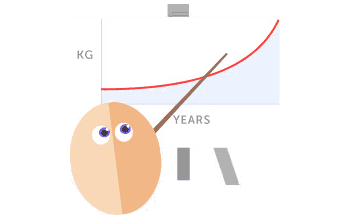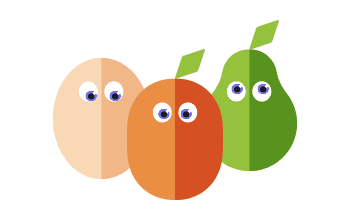http://www.ncbi.nlm.nih.gov/pmc/articles/PMC3009971/ - A paleolithic diet is more satiating per calorie than a Mediterranean-like diet in individuals with ischemic heart disease. "The Paleolithic group were as satiated as the Mediterranean group but consumed less energy per day (5.8 MJ/day vs. 7.6 MJ/day, Paleolithic vs. Mediterranean, p = 0.04)"
http://www.ncbi.nlm.nih.gov/pubmed/17583796 - A Palaeolithic diet improves glucose tolerance more than a Mediterranean-like diet in individuals with ischaemic heart disease.
A comparison of two loosely defined diets, both from the same group.
"There are no obvious risks with avoiding dairy products, margarine, oils, refined sugar, and cereal grains, which provide 70% or more of the dietary intake in northern European populations." as written in a review paper of "African Paleolithic foods" http://www.ncbi.nlm.nih.gov/pubmed/22262579
The first one is interesting - 24% less food and equally satiated in ad libitum consumption . 5.8 MJ is 1390 kcals.
http://www.ncbi.nlm.nih.gov/pubmed/17583796 - A Palaeolithic diet improves glucose tolerance more than a Mediterranean-like diet in individuals with ischaemic heart disease.
A comparison of two loosely defined diets, both from the same group.
"There are no obvious risks with avoiding dairy products, margarine, oils, refined sugar, and cereal grains, which provide 70% or more of the dietary intake in northern European populations." as written in a review paper of "African Paleolithic foods" http://www.ncbi.nlm.nih.gov/pubmed/22262579
The first one is interesting - 24% less food and equally satiated in ad libitum consumption . 5.8 MJ is 1390 kcals.






